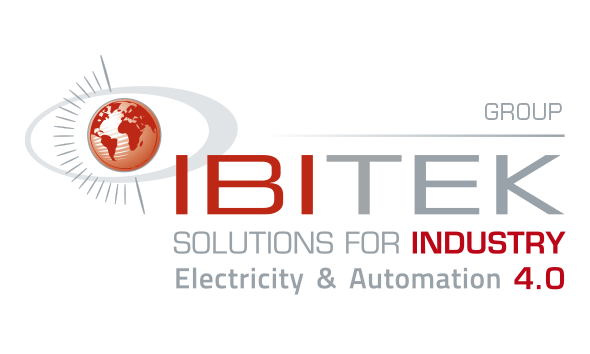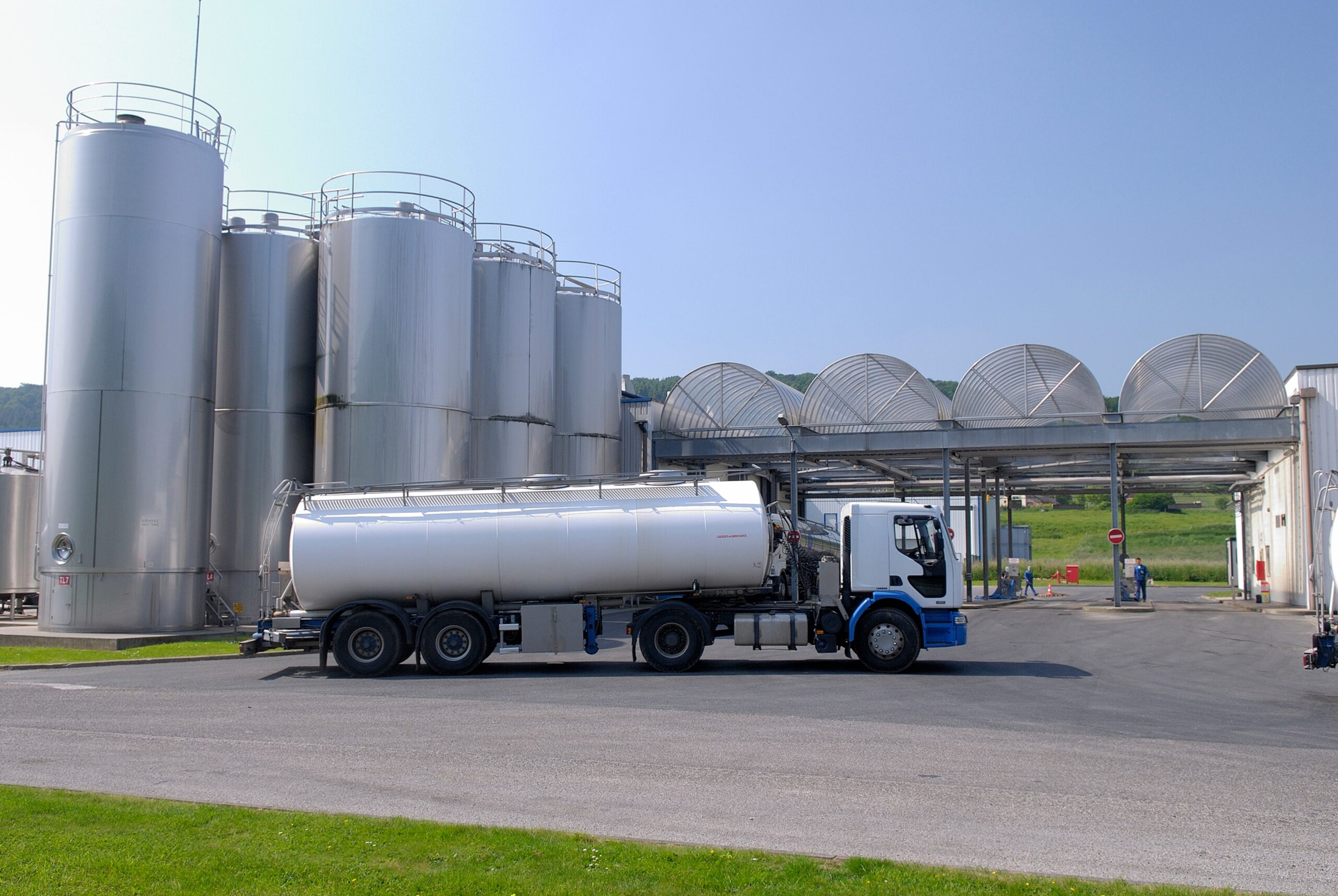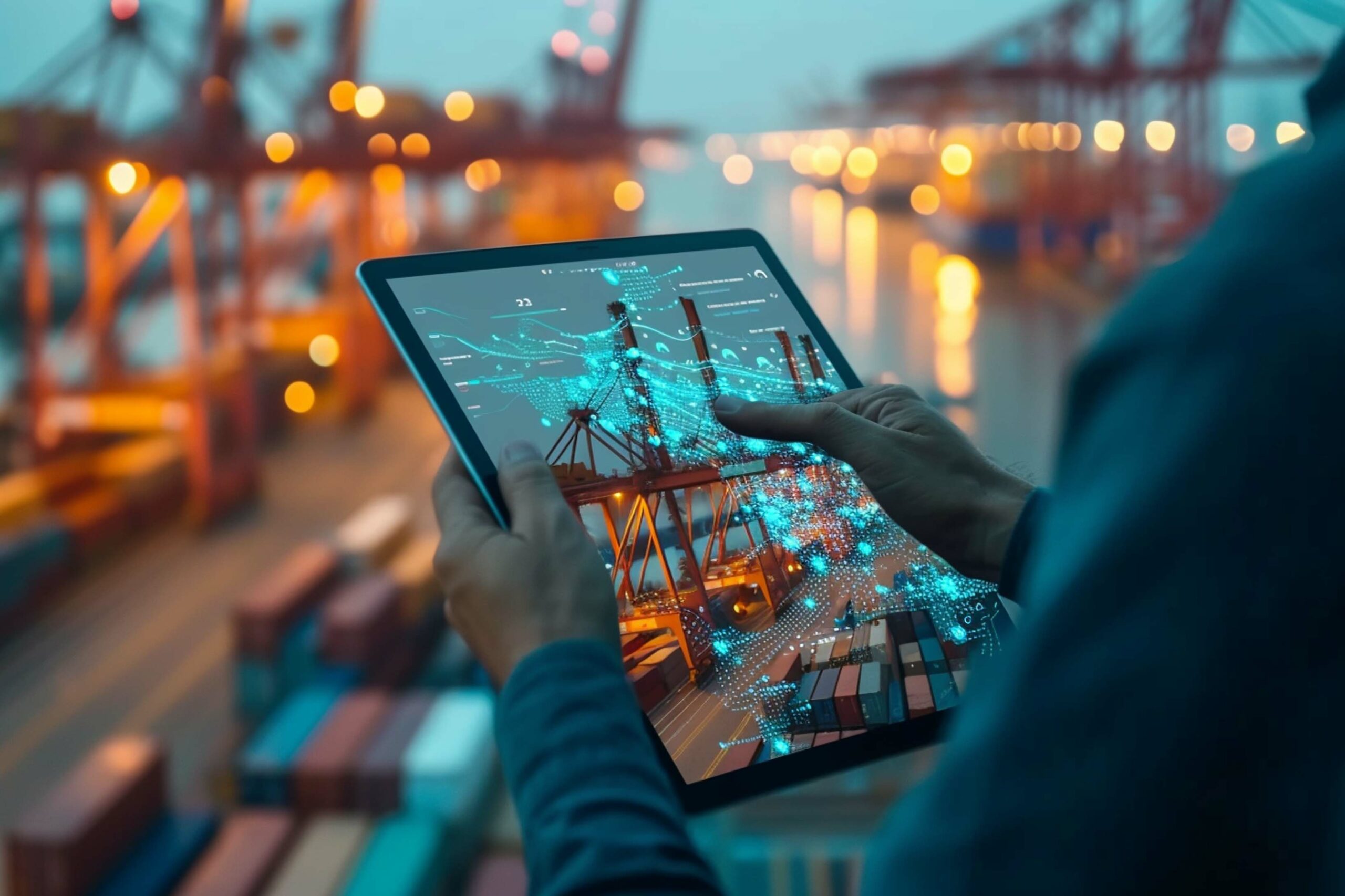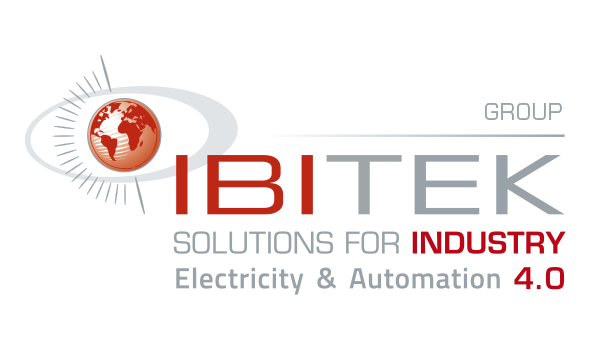One year after the beginning of the global pandemic of COVID-19, it is time to take stock and to prepare post-pandemic development axes. All the companies involved in the industrial sector are now wondering how to move forward in such an impacted and uncertain context. Industry 4.0 is the evolution of the industrial sector driven by the emergence of digital tools and the IOT (Internet Of things or connected objects), to move towards a more connected industry. The target is to be able to conduct a fine analysis by gaining a better knowledge of the data involved in the production process.
How have Industry 4.0 companies experienced this particular period? What are the impacts on this sector which started its digital transformation late? Are the projects chosen for the implementation of digital tools being reconsidered?
A sanitary crisis favorable to the development of Industry 4.0
Generally speaking, digital projects are not being reconsidered, but they are being considered differently. According to a Wavestone study conducted in 2020 with a hundred industrial companies, nearly 41% of these companies are willing to accelerate the implementation of digitalization projects. This is a sign that the sector has realized the value of this approach and the objective of these changes. According to Wavestone, this health crisis has been a driving force for more than one out of five industrials, allowing them to accelerate ongoing projects and justifying the increase in resources allocated to these projects.
In 2020, the obstacles usually encountered for digital transformation projects are tending to fade away for all the industrial companies questioned. Thus, 29% of companies say they are facing fewer difficulties in managing change than before. This shows that the structures have organized themselves internally to give themselves the possibility to carry out these projects successfully. This includes financial and human resources, as well as the infrastructure that serves as the foundation for these changes and attempts to achieve their targets in terms of productivity gains.
What are the opportunities for the French industry in the post-COVID phase?
The first challenge these companies faced during the crisis was to ensure continuity of production, as the vast majority of plants were forced to shut down. Implementing modern systems to guarantee continuous production, and this even if a new crisis happened, became a top priority. This was the challenge faced by French industries in trouble during the year 2020. This digital turn in the industry is a way to ensure a continuum of production in a constrained economic context, but not only. It is also a lever for improving productivity and therefore the competitiveness of the French industrial sector.
To support this move, the French government is proposing to finance ten thousand digital diagnostics by the end of 2022. In addition, subsidies allowing companies to finance their projects of modernization and digitalization of their tools should continue to be granted for a few more years. These governmental subsidies pursue the objective of improving the competitiveness of French industrial companies.
These structuring projects of massive data collection involve new issues for these organizations. Beyond having a better knowledge of their production activity, how to manage these huge volumes of data to get the maximum value out of them? There is a tendency to implement data processing technologies involving algorithms, machine learning and in some cases artificial intelligence. These technologies have in many cases been tested and proven, it is now time for deployment.
Sources: Wavestone 2020 study “Covid-19 and Industry 4.0”











